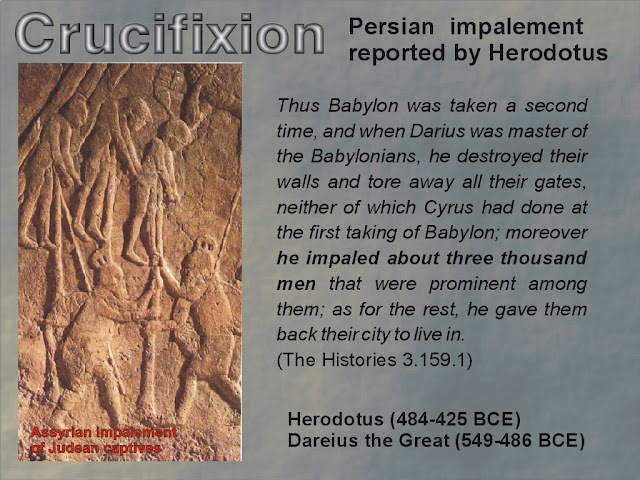He was tried, condemned and executed in the same way as dangerous rebels against the imperial and religious status quo.
He was crucified by the Roman Imperial authority with quiet support from the leaders of his own religion. I believe that, in essence, the authorities understood him well and they felt appropriately threatened.
I believe that Jesus intentionally subverted the corrupt, pompous, abusive Temple religion.
I believe that Jesus intentionally subverted the brutal, arrogant and exploitative Roman Empire.
He opposed everything and anything that was unjust, abusive, degrading and untrue.
His primary instruments of this subversion were peaceful, nonviolence, blessing, forgiving, healing, and self-giving in love. But that did not make him any less subversive; actually it made him even more so!
The authorities recognized it and decided to get rid of him, or at least they thought so. Their intimidating brutality worked for thousands upon thousands of crucifixions, but somehow it did not work this time. This one particular cross jolted the world from its axis. And it happened not by any power, but by weakness. You see, Jesus is subverting even the traditional images of God (Omniscient, Omnipresent and Omnipotent, and External to the world)! Jesus’ cross undermines it all.
I believe that God is present and active in the world, not through any divine power, but in the divine weakness of self-giving love. For that very reason of the weak divine presence, Holy Friday is so important and meaningful.









































